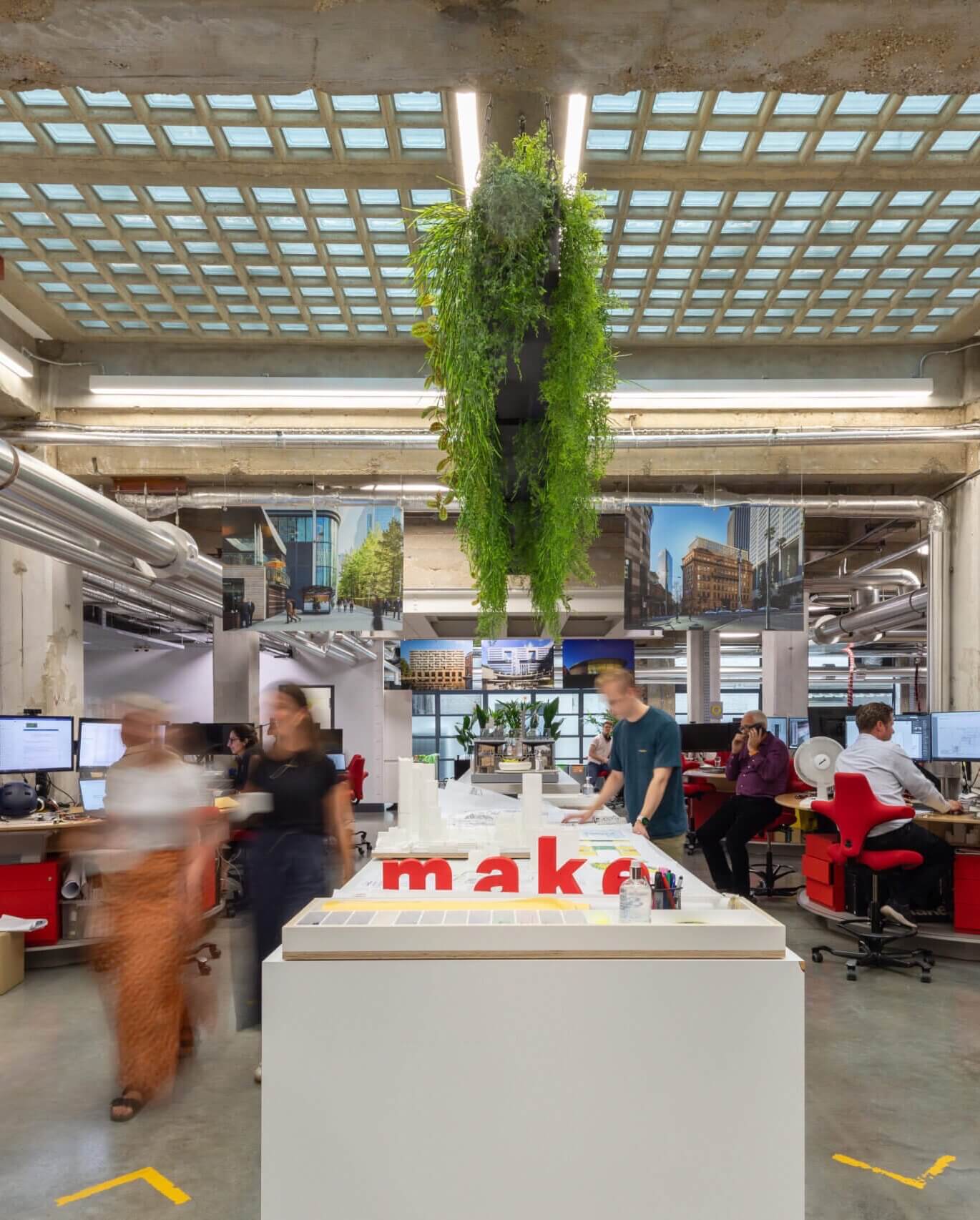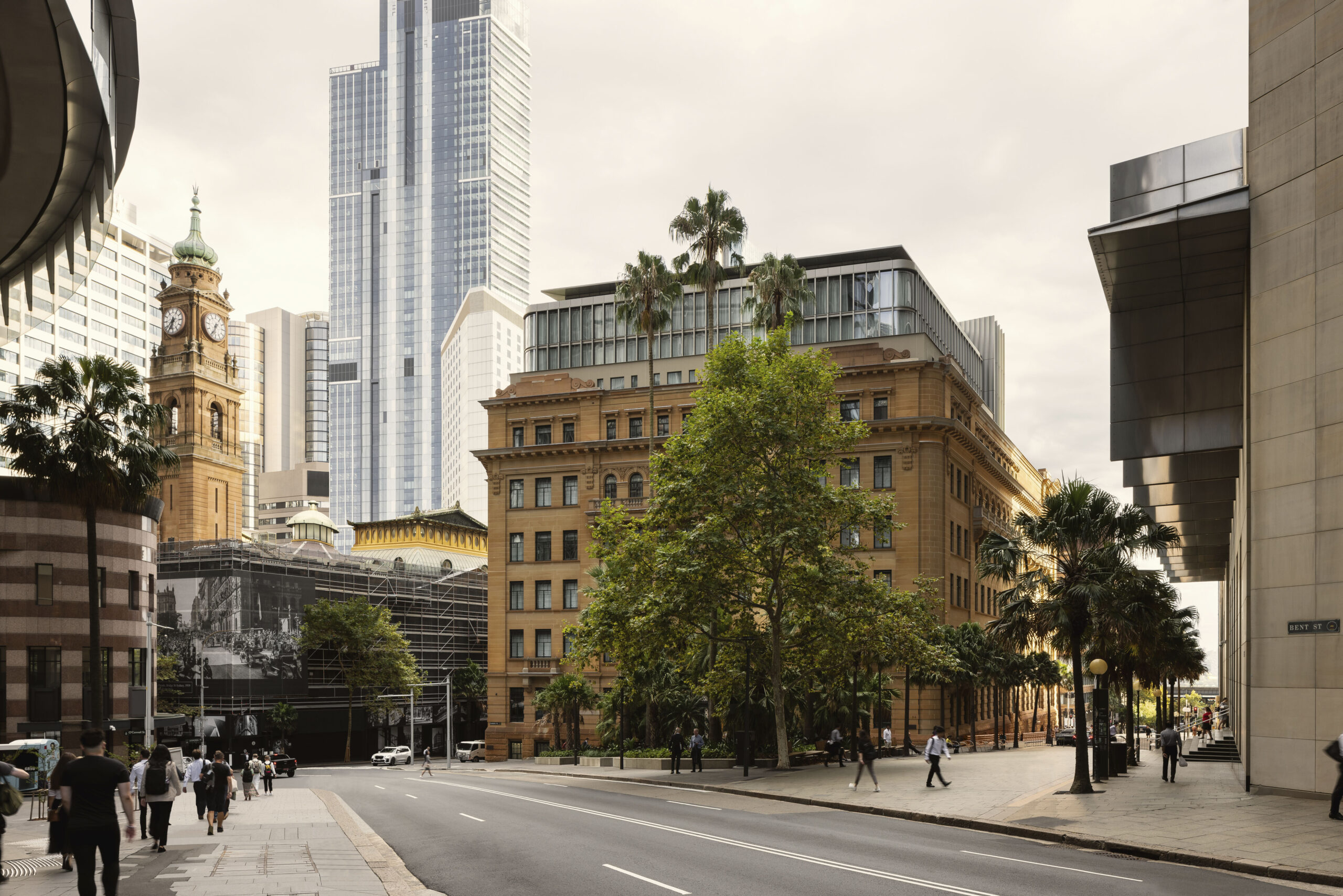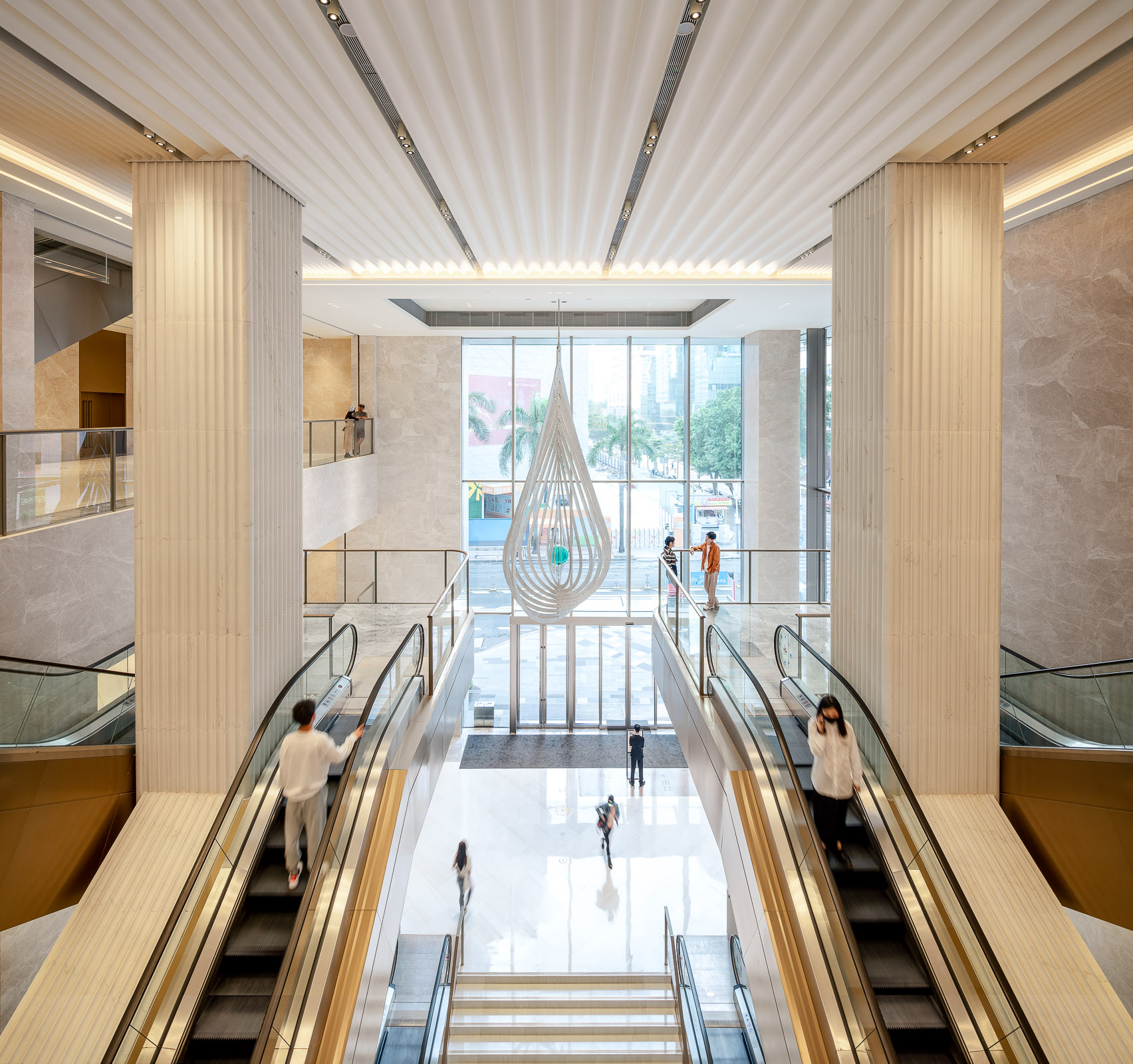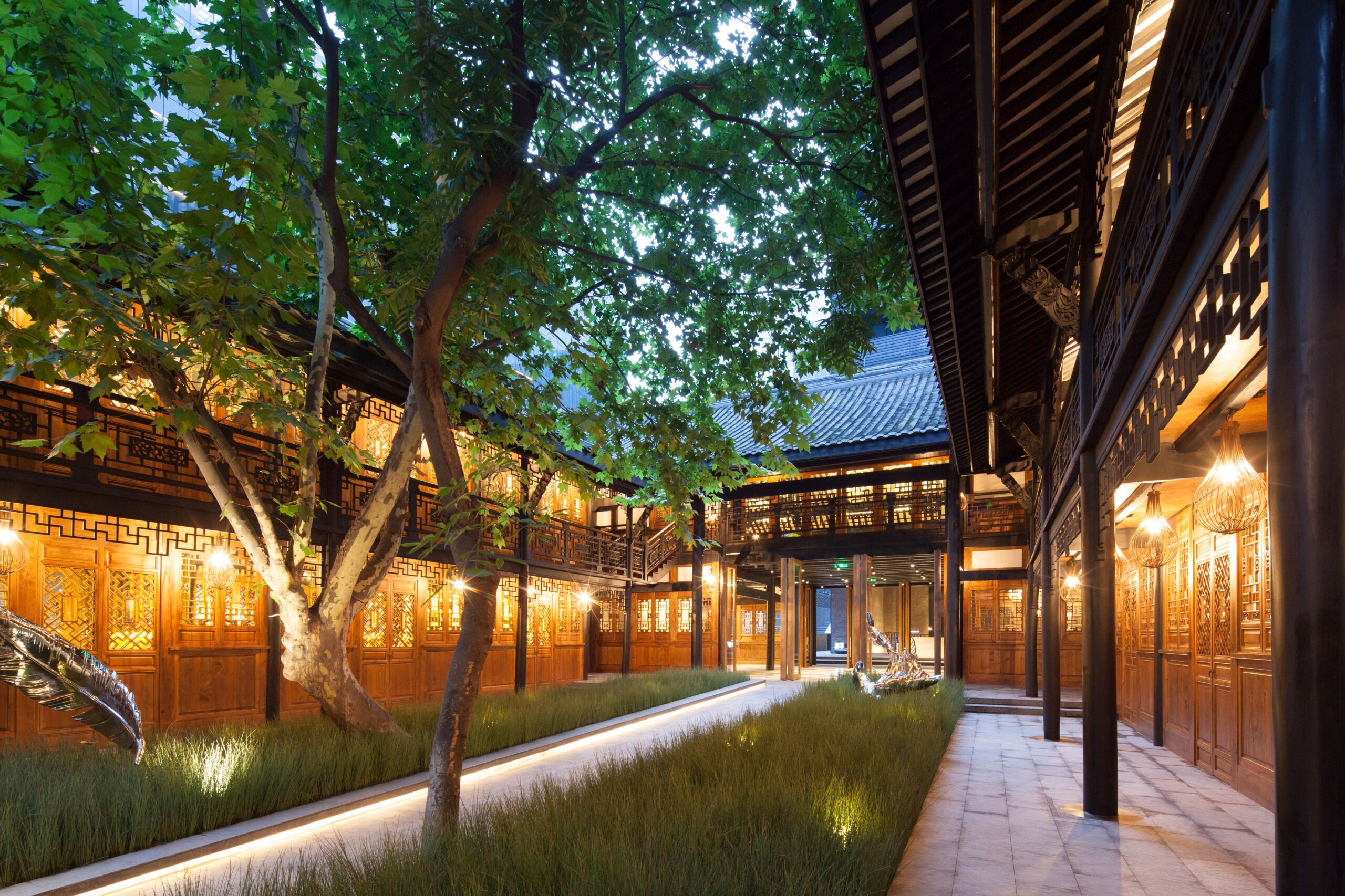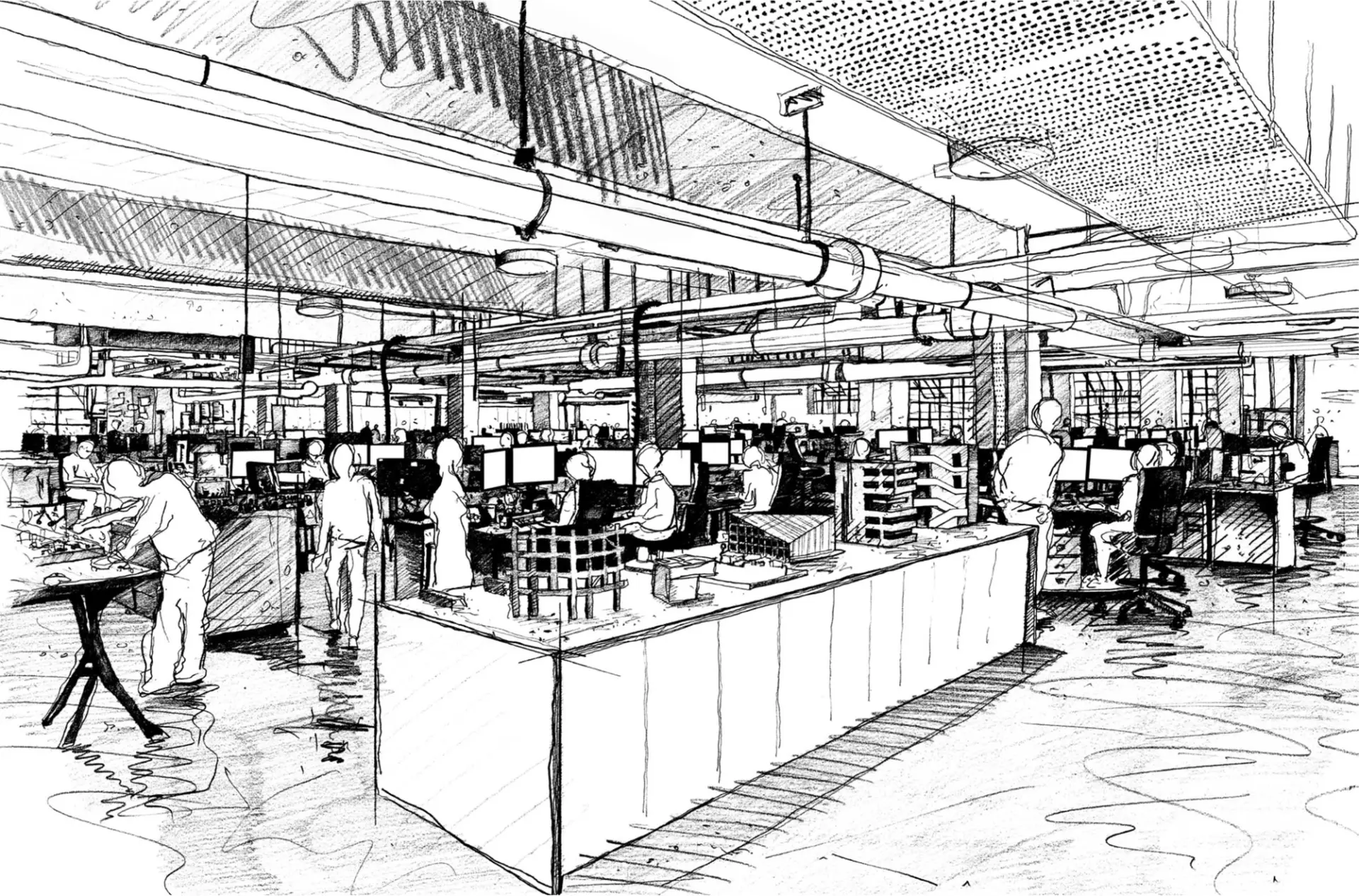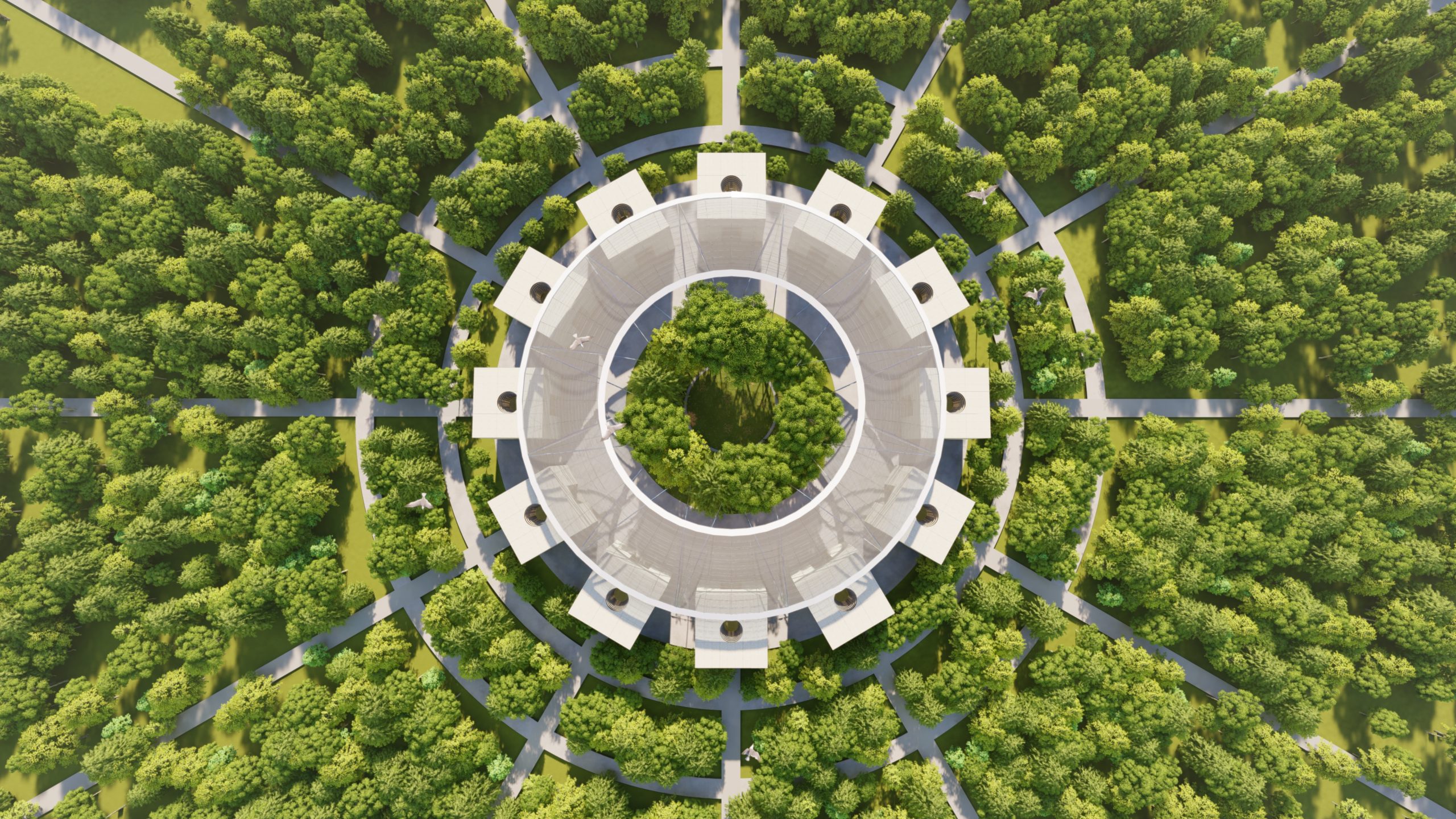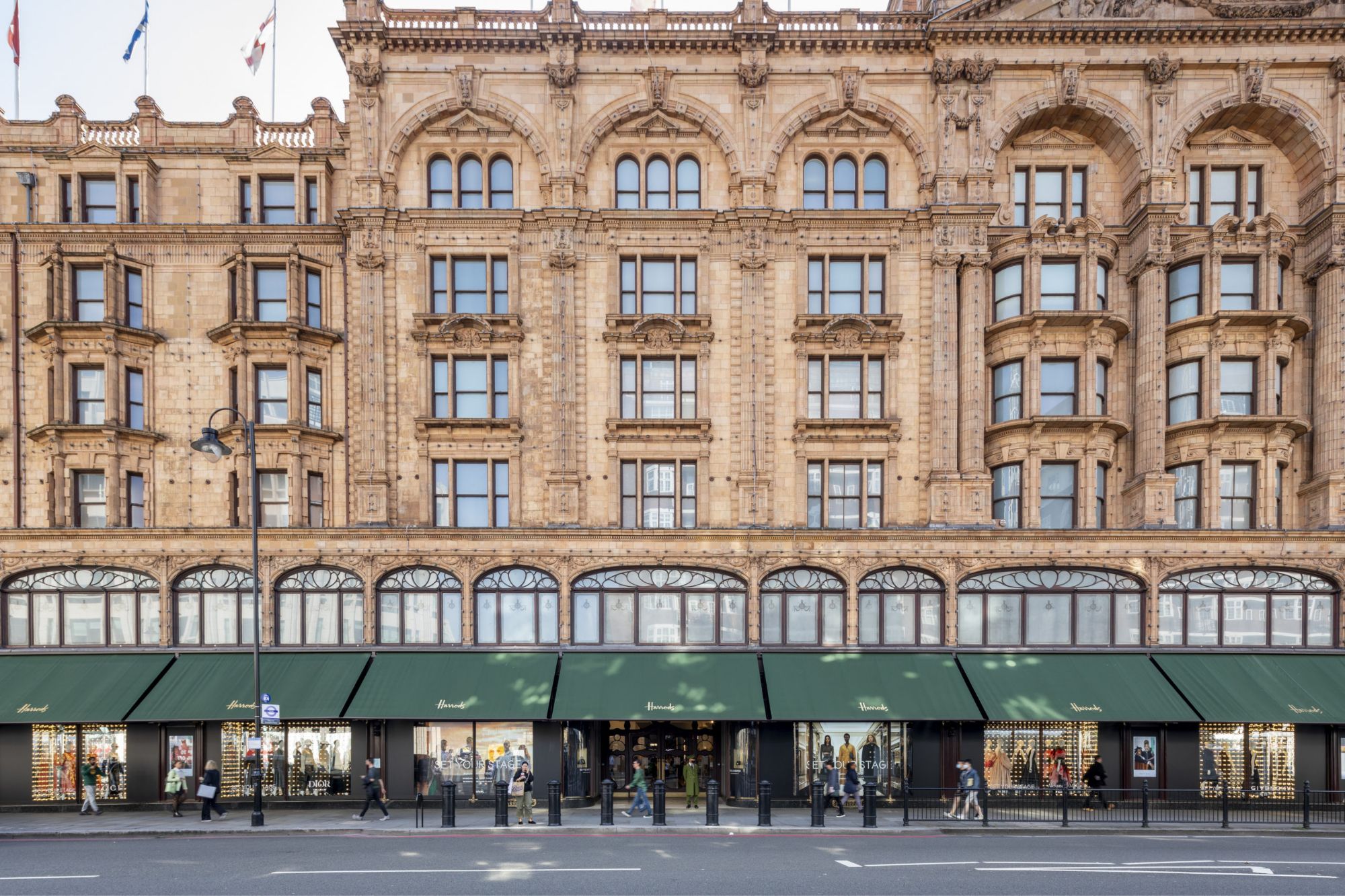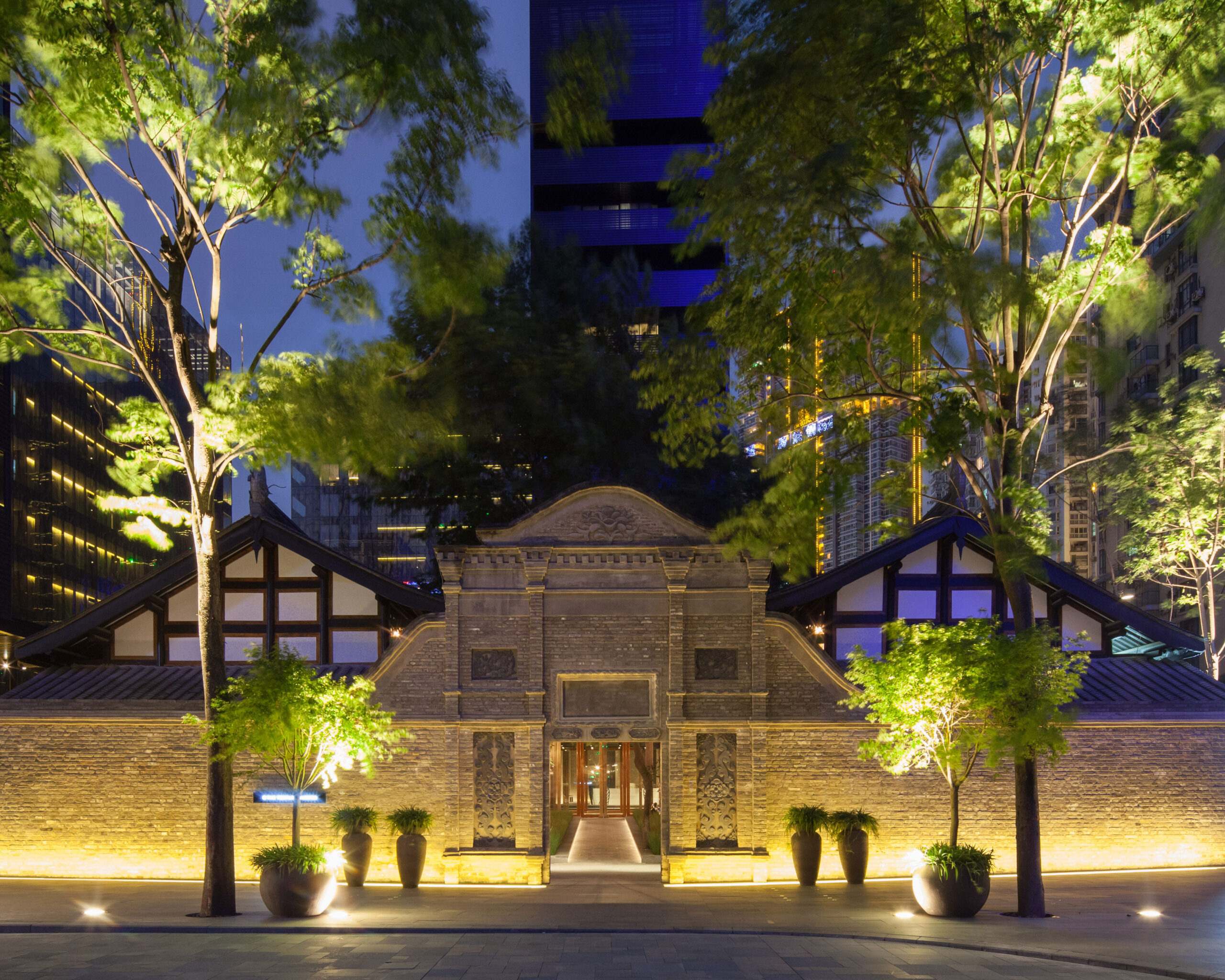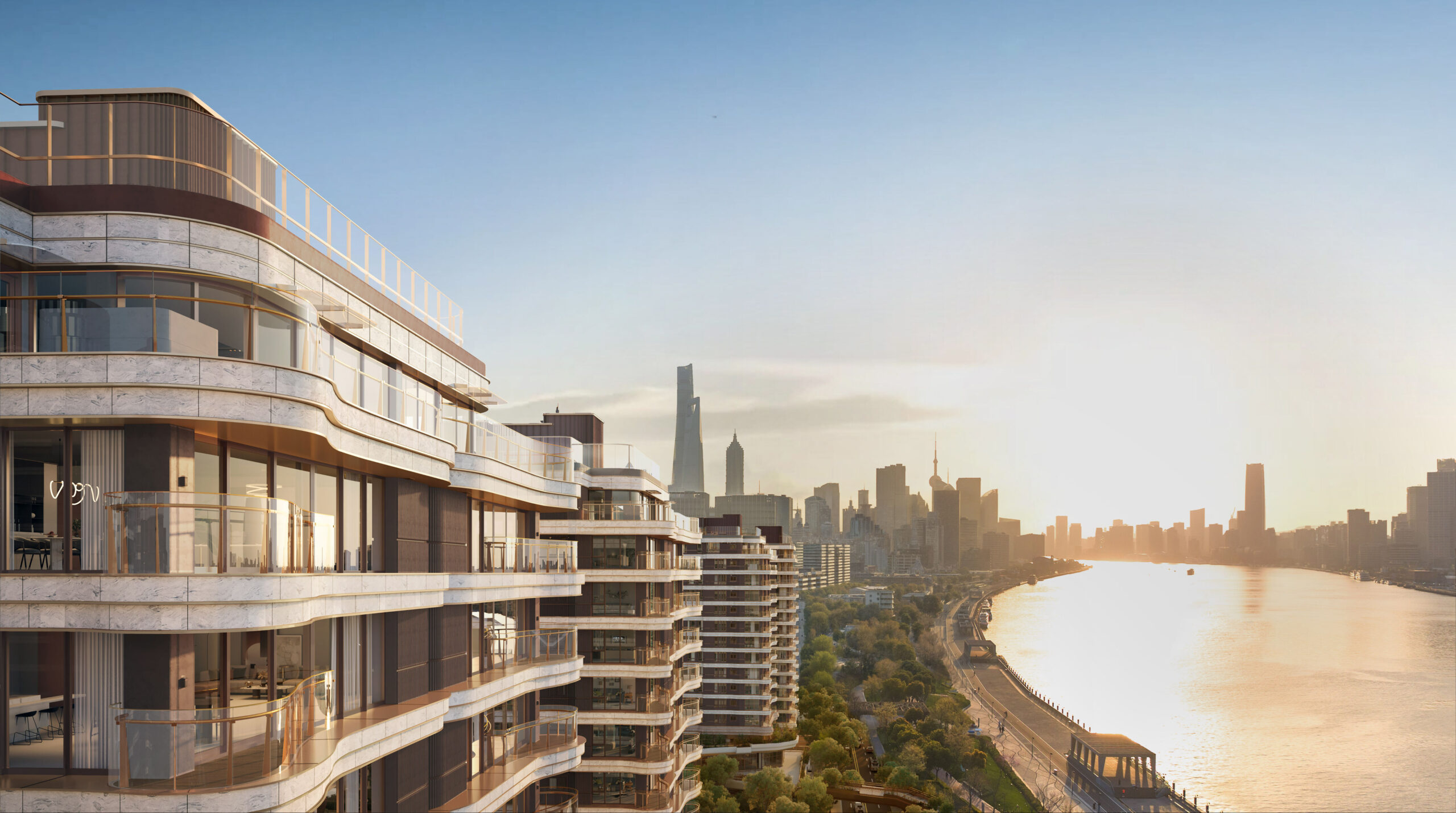
A holistic approach to sustainability was taken to make sure the building improved resource efficiency, with enhanced insulation in line with the Passivhaus standard, enhanced ventilation, air source heat pump to provide low-carbon heating, hot water and cooling.
The design team has undertaken whole life and upfront embodied carbon assessments to eliminate waste and reduce the building’s whole carbon footprint. The scheme will use sustainable materials where possible, such as recycled steel for reinforcement, 50% cement replacement for the substructure and 30% cement replacement for the superstructure. This has resulted in a reduction of the upfront embodied carbon intensity from 1100kgCO2/m2 for a typical development of this type down to 770kgCO2/m2 at A3 New Bailey.
Phil Marsden, projects director at The English Cities Fund, said: “To receive the news that we’ve been given approval to bring what will be an iconic scheme forward is a strong endorsement of our commitment to building back better, in a bid to deliver real environmental and social outputs to benefit our communities.
“Despite the unprecedented times we find ourselves in, we’re still seeing a demand for high-quality office space, that not only provides an agile environment in which to work from that promotes colleague wellbeing, but also spaces that’re climate resilient and adaptable to our changing world.
“We’re excited to add another building to the ever-expanding Salford skyline, while also bringing a new offering to the city. The wider New Bailey development is truly mixed-use, and our aim is to continue to drive opportunity, growth and prosperity for all.”
John Alker, director of policy and places at the UK Green Building Council (UKGBC), said: “It is great to see that the ambitious New Bailey project is planning to achieve UKGBC’s office performance targets and deliver a building that will be net zero in operation. We applaud the project team, who have clearly taken a holistic approach to sustainability, with whole life carbon being considered alongside how the development can support the health and wellbeing of people and the nature and biodiversity of the surrounding area.”
The building contains 10,600m² of office space with a side core to allow large, open-plan floorplates with uninterrupted views out. The active double-height ground floor is set back slightly to create a pedestrian colonnade around the base of the building, and is occupied by retail and a multi-use space that incorporates the office lobby to ensure active, animated frontages.
This is will be the third building Make has delivered for English Cities Fund at New Bailey, with Plot 1 due to complete imminently for HMRC. Plot B7 was given planning consent in 2020 and has recently started on site.





